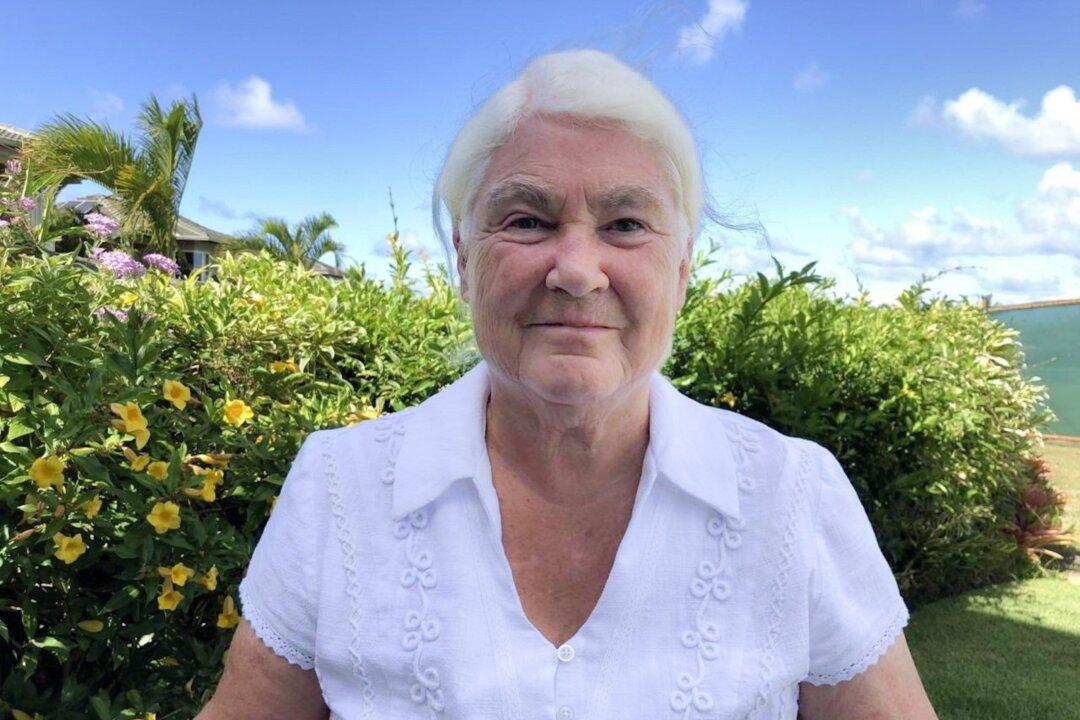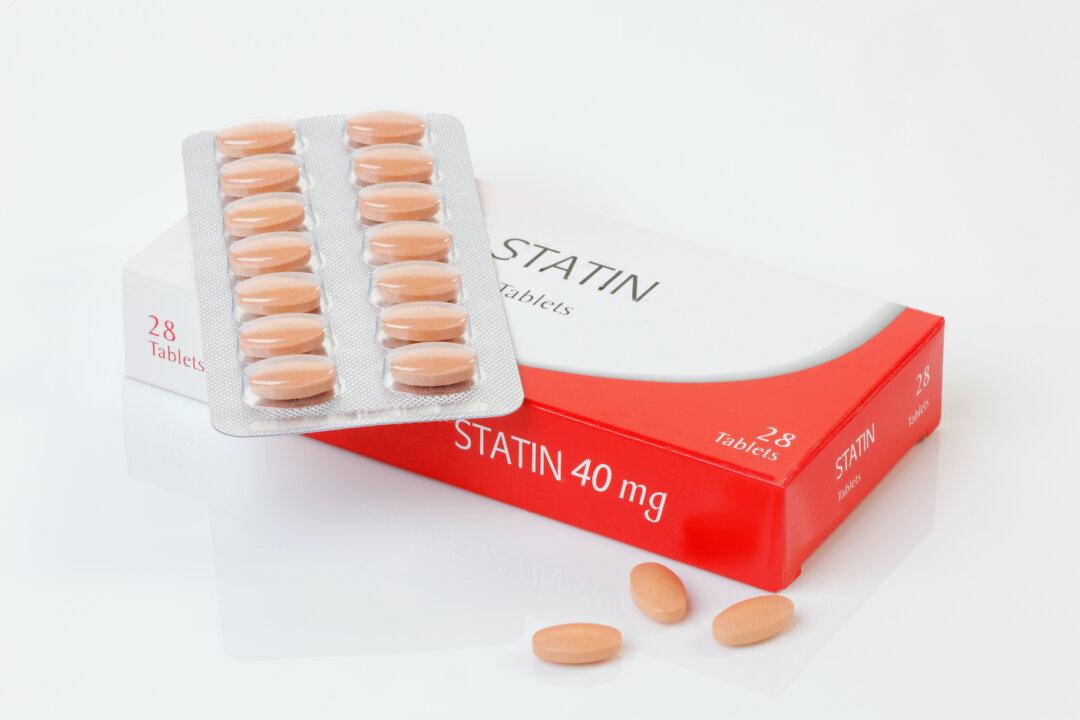Anywhere from 10 percent to 80 percent of people experience prolonged illness and symptoms after COVID-19 infection, which may last for months. This means that anywhere from 5 to 40 million people around the world may be suffering from post-COVID syndrome or long-haul COVID.
Persistent symptoms have appeared in patients of all ages, even children who only had minor COVID-19 infections, regardless of whether or not hospitalization was required. Additionally, there is no firm consensus regarding which risk factors make patients more likely to acquire long-haul COVID, although a Mayo Clinic study found that three-quarters of those with long-haul COVID were women.






